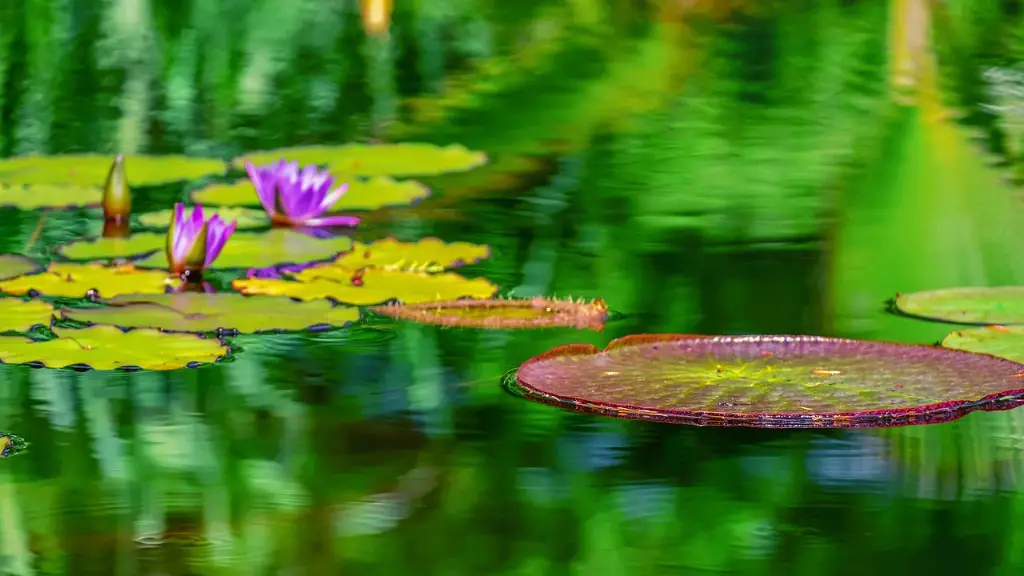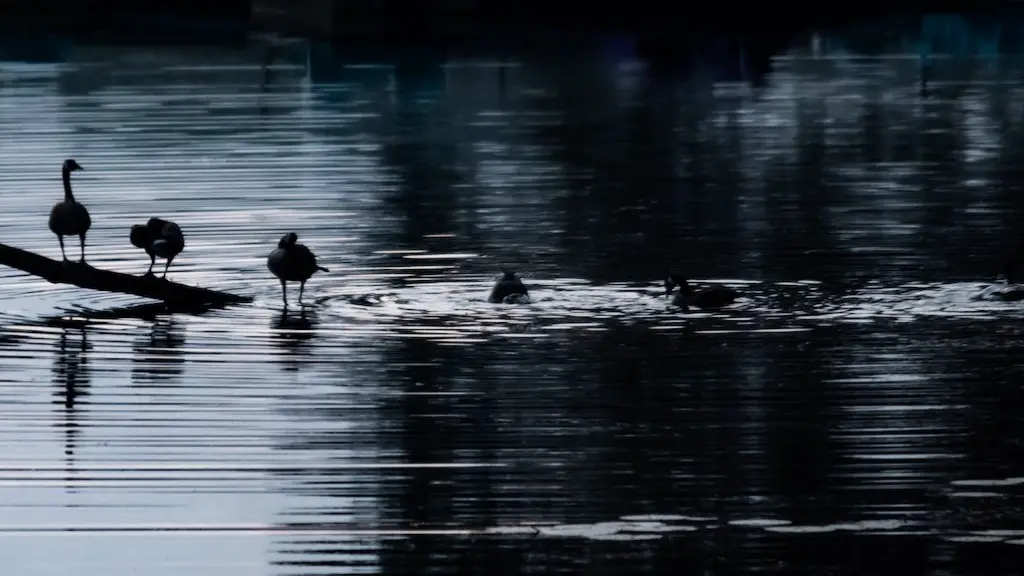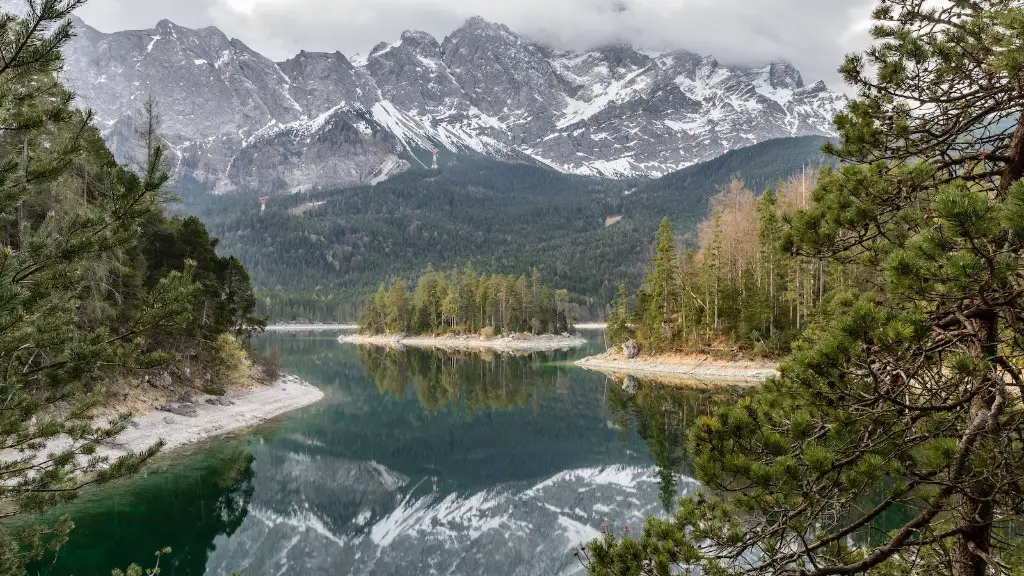Introduction
Lake Titicaca is one of the most mysterious places on earth. Located on the border between Peru and Bolivia, it is the highest navigable lake in the world and has long been a source of attraction for travelers, historians and adventurers. But how far is Lake Titicaca from Machu Picchu, the iconic Inca ruins located in the Peruvian Andes? In this article, we will explore the distance between these two cultural hotspots, as well as provide some background information and expert perspectives on the importance of the lake and ruins.
Distance Between Lake Titicaca and Machu Picchu
The exact distance between Lake Titicaca and Machu Picchu is 324 kilometers (201 miles) in a straight line. The lake is located in the Peruvian Altiplano region at 12,507 feet (3,812 meters) above sea level, while the ruins are situated in the Sacred Valley of the Incas at 7,970 feet (2,430 meters). Despite the relatively short distance between the two sites, the driving journey between them can take several hours due to the altitude, winding mountain roads and the absence of direct roads linking the two destinations.
History of Lake Titicaca
Lake Titicaca has been home to some of the oldest civilizations in the Americas, including the Incas and the Tiwanaku. At first, the lake was formed by receding glaciers thousands of years ago, and later it was used by the Incas as a strategic resource for controlling the movement of goods, people, and messages around the empire. The lake was also considered to be the birthplace of the sun god, Inti, which explains why it was so important to the Incas and why their civilization constructed many grand religious sites around it.
History of Machu Picchu
Machu Picchu was rediscovered by Hiram Bingham in 1911 and is now considered to be one of the most important archaeological sites in the world. While it is still not clear what exactly the Incas used Machu Picchu for, most historians believe that it was a religious shrine, an agricultural laboratory, and an astronomical observatory. Some also think that Machu Picchu was an important center of government and trade, with an important role in defending the southern part of the Inca Empire.
Importance of the Sites Today
Today, both Lake Titicaca and Machu Picchu are highly important cultural sites, with many tourists visiting both each year. On one hand, Lake Titicaca remains a key source of freshwater and a center of cultural identity to local communities. On the other hand, Machu Picchu has become a symbol of the Inca Empire and is a reminder of the importance of protecting our historical sites.
Perspectives from Experts
Many experts believe that both sites are essential for understanding the Inca culture and its legacy. Raul Noe, a local tour guide, believes that “ visiting Lake Titicaca and Machu Picchu allows you to gain an appreciation for the beauty of the Inca cultural heritage.” Similarly, Dr. Alexia Larios, a historian from the Peruvian National University, states that “ it is essential that we preserve both Lake Titicaca and Machu Picchu in order to gain a deeper understanding of our past and to pass on the knowledge and values of the Inca civilization to the next generations.”
My Insights and Analysis
Having visited both sites myself, I can certainly attest to the importance of understanding the unique culture of the Incas and the connection between Lake Titicaca and Machu Picchu. To me, the main value of these two sites lies in their deep historical significance, as well as their beauty and importance to local communities. I believe that it is essential that these two sites be protected and respected, in order for future generations to be able to experience the magnificence of Inca culture.
Environmental Impact
The influx of tourists to Lake Titicaca and Machu Picchu can have both positive and negative impacts on the environment. While tourism can bring economic benefits to local communities, overcrowding and pollution can damage the delicate ecosystems of the lake and ruin sites. To combat this, it is important for tour operators and locals to work together to ensure sustainable tourism practices.
Cultural Significance
The cultural significance of Lake Titicaca and Machu Picchu is undeniable. Not only are they two of Peru’s most important archaeological sites, but they are also deeply connected to the spiritual beliefs of the Incas and local indigenous communities. For many local Andean communities, these two sites serve as a reminder of the importance of connection to their ancestral roots.
Cultural Exchange
The cultural exchange between visitors and local communities is an important part of the Lake Titicaca and Machu Picchu experience. Visitors have the opportunity to gain a deeper understanding of Inca culture through interacting with local tour guides, observing local customs and traditions, and experiencing traditional food and music. Similarly, local communities can benefit from these exchanges by learning about different cultures and people, while also having a source of income.
Conservation Efforts
The local government, tour operators, and local communities have all been involved in various conservation efforts to protect Lake Titicaca and Machu Picchu. Local communities have started initiatives such as trash clean-ups, educational campaigns, and recycling programs, while the Peruvian government has enacted policies aimed at controlling the number of tourists that can access the sites. As a result, these conservation efforts have been successful in reducing pollution and limiting the impact of tourism on the environment.


